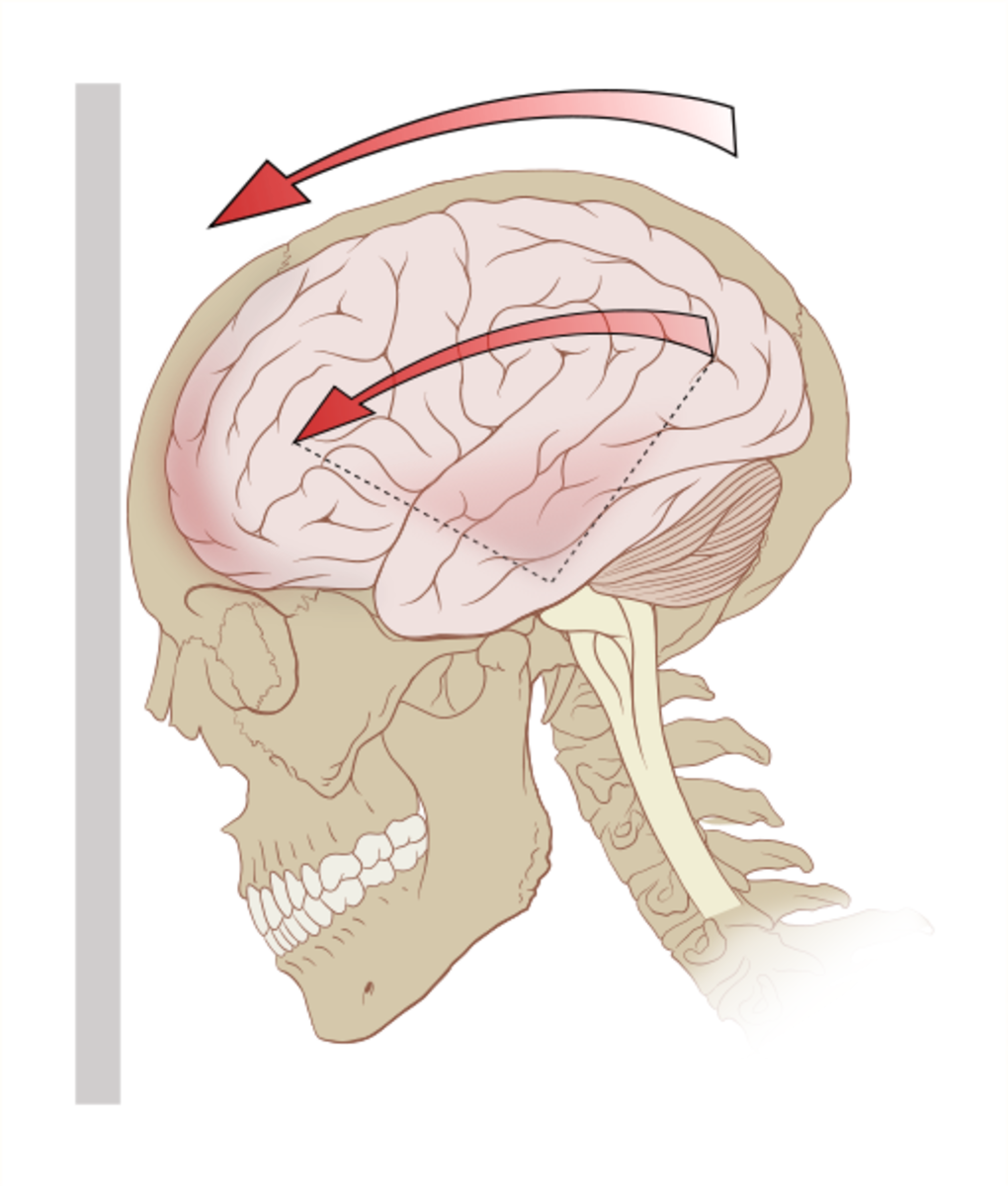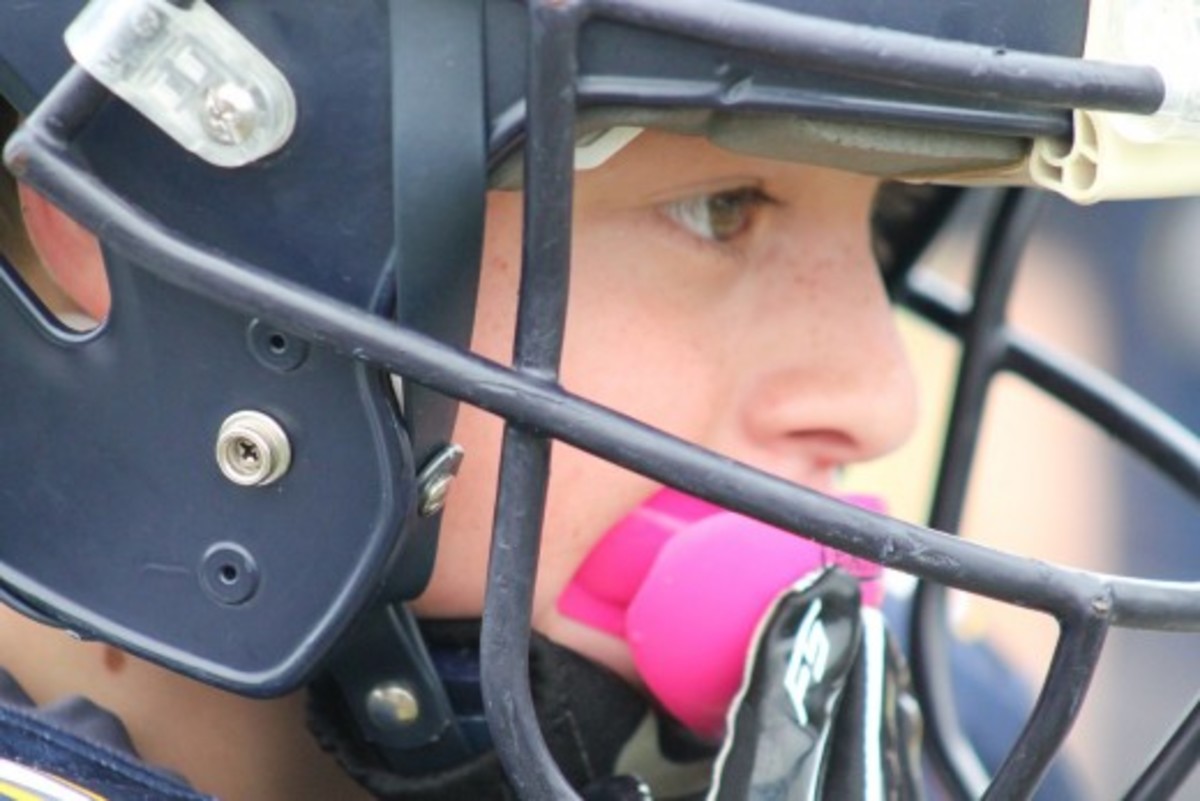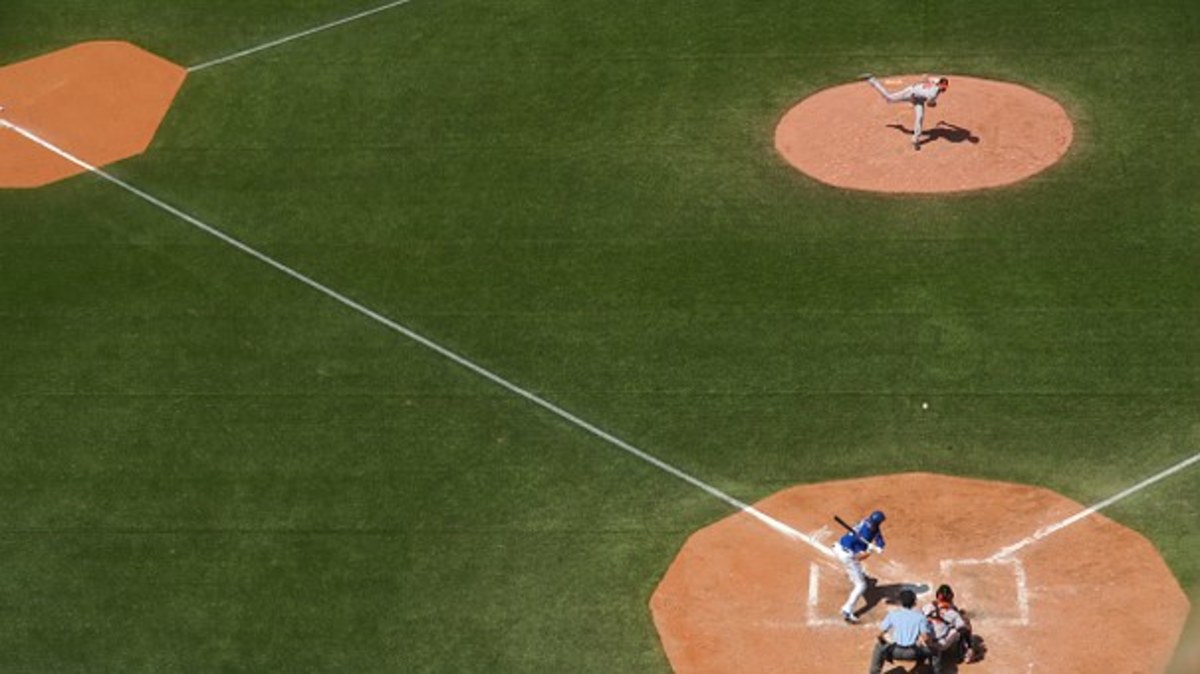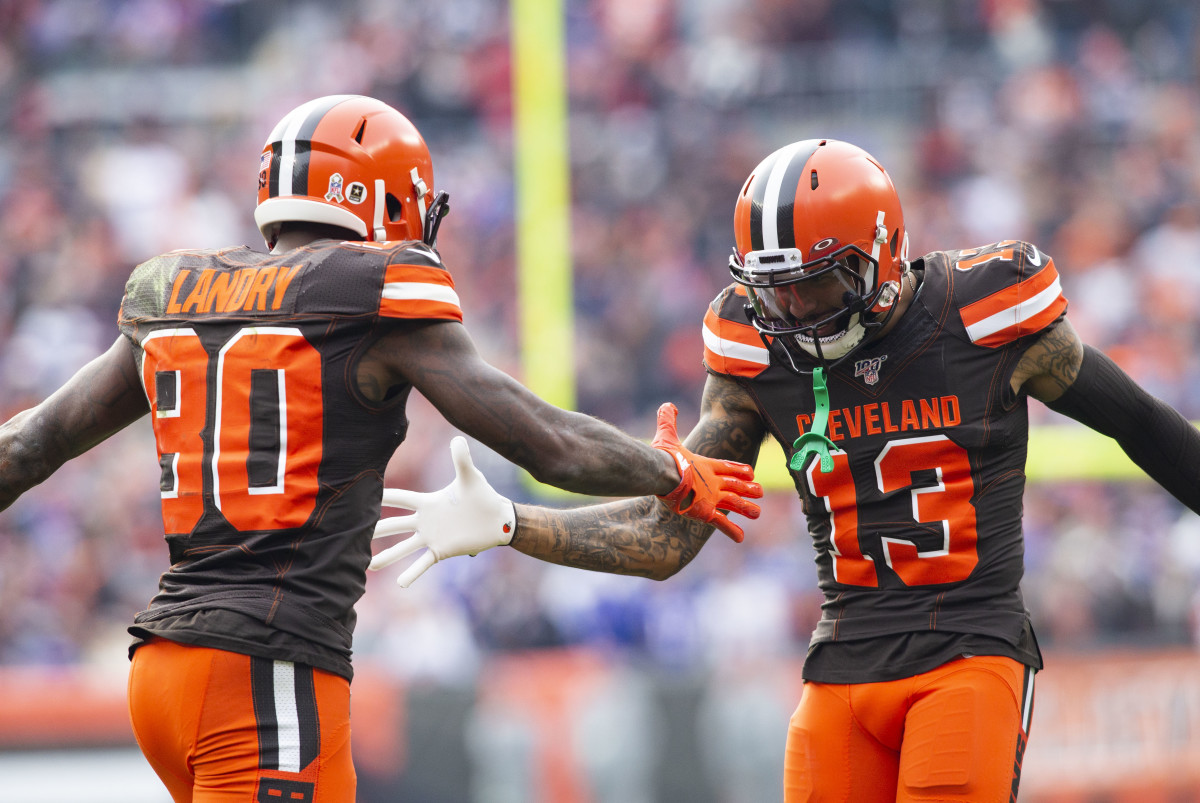The Epidemic of Concussions
Intro to a Major Issue Throughout Society
A major headline in the news lately has been the topic of concussions. Between retired NFL players suing because of their long-term brain injuries, and youth, high school, and college athletes getting one or more concussions while playing their sport, concussions have become widespread. Many are searching for the solution. While strides arebeing made, there still hasn’t been a breakthrough. Concussions currently sweep across the sidelines of sports, and no one is immune. Concussions are a preventable injury with both short and long-term effects on kids, adults, and athletes.
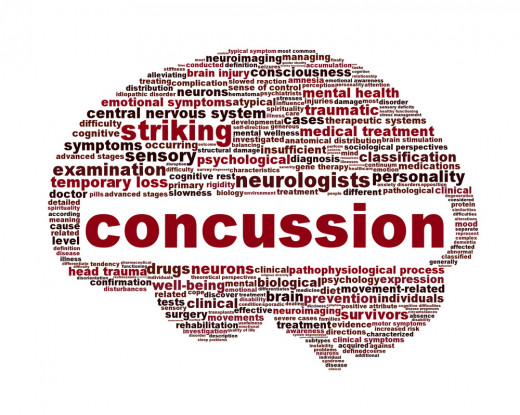
What is a Concussion?
Before learning about concussions, you must first know what a concussion is. Here is some general information. A concussion is a mild brain injury which occurs when the head violently shakes or takes a swift blow. “Although concussions are considered to be a mild brain injury, they need to be taken seriously” (A Bang to the Brain 1). After you get one concussion, the chances of getting another greatly increases. Concussions get categorized into three different grade levels. Grade one results in a mild concussion where the person does not lose consciousness, but shows symptoms of a concussion. This type makes up 90 percent of concussions. Grade two results in a moderate concussion. The person does not lose consciousness, but they experience confusion and a change in mental status temporarily. Grade three, the severest of concussions, occurs when the person temporarily loses consciousness (Stark 34). “Those who experience a concussion with loss of consciousness are 6 times more likely to have another concussion” (Short and Long-Term Impact 1).
Symptoms of Concussions
Concussions cannot always be seen from the outside, so if you have symptoms it is imperative to get checked. Four different categories of symptoms exist. There are mental, physical, emotional, and sleeping symptoms. Some of the mental symptoms involve not thinking clearly, having trouble concentrating, and not remembering new information. Some of the physical symptoms include headache, blurry vision, dizziness, nausea, balance problems, low energy, and sensitivity to light. Some of the emotional symptoms include depression, getting easily angered, and anxiousness. Some of the sleeping symptoms are sleeping more or less than usual and having trouble falling asleep (Concussion-Overview 1). “For about 9 in 10 people with concussions, symptoms disappear within 7 to 10 days” (A Bang to the Brain 1). Your symptoms may disappear, but you still cannot return to sports or physical activity right away. You may return once cleared by a doctor. If you return too soon you can reinjure the brain. This can cause permanent brain damage.
Aftermath of Concussions
Concussions can have short term or long term effects. Most people with concussions have a quick and full recovery, but a select few have persistent symptoms. These symptoms can last for months. Those diagnosed with Post-Concussion Syndrome show long term symptoms. People affected by Post-Concussion Syndrome can have trouble concentrating and sometimes feel dizzy and lose balance. These symptoms can be intermittent and can occur for over a year (Short and Long-Term Impact 1). Former Duke All-American Lacrosse player, Brad Ross, suffers from long-term brain issues. He said “I’m 28 years old, and I’m worried about long-term brain issues” (McLaughlin 36). In April of 2013, Ross visited a neuropsychologist because he showed signs of a concussion. The doctor said it seemed like he had received a concussion a week before his visit, but he had not had a concussion for over a year (McLaughlin 36). Ross has persistent post-concussion syndrome symptoms. The first episode occurred in August of 2011 when he was first diagnosed with the syndrome after multiple tests and 24 hours spent in the hospital. Another episode occurred a few days later and he spent another six hours in the hospital. Six month later, another episode happened (McLaughlin 36).
“The latest episode really scared Ross. It was almost two years after his last documented concussion. Ross was at Bethany Beach in Delaware during Fourth of July weekend, taking a break from his summer recruiting responsibilities. He wasn’t doing anything out of the ordinary, just sitting under a beach umbrella when he got so dizzy he couldn’t stand. He had trouble speaking and his right hand started twitching” (McLaughlin 36).
This shows how serious and life changing post-concussion syndrome can be. This man had his whole life ahead of him, but now his long-term concussion symptoms will hold him back.

Who is at risk?
The quick answer is EVERYONE. Concussions usually occur more often in males. Many people think this because of the high contact sports such as football and hockey. A study from 2007 shows that females sustain concussions 68 percent more often than males (Marcovitz 36). The statistics show that concussions occur more commonly in females, but some people argue this study. Some say that females are more open with their injury, while males try to hide their injuries. This results in fewer reported concussions by males (Marcovitz 36).
Concussions are a major problem with kids today. Many kids have missed weeks of school because they dealt with concussions. Due to all the sports and activities the kids play, concussions are common. Concussions plague across high school sports teams, and they affect students throughout the classrooms. Concussions can also happen in young children. Some of the signs are an increase in temper tantrums, lack of interest in favorite toys, increase in crying and a change in play patterns (Concussion-Overview 1). This can affect their brain development as they grow.
Concussions are also a major problem in adults. When an adult gets a concussion, they are often unable to work for a few days. Do not return to work too soon, so you can properly recover and keep other workers out of harm’s way. The best solution is to contact your employer and let them know about your current situation.
Concussions occur prominently in athletes. “The Centers for Disease Control and Prevention estimate that approximately 1.6 million to 3.8 million sports-related concussions occur annually in the United States, although the true incidence is probably much higher” (For Medical Professionals 1). Many athletes with concussions never report them. When an athlete takes a hit to the head, it is crucial that a trained coach or professional sideline trainer evaluates the player. They must do a series of tests. They must perform a neurological exam which includes testing the player’s reactions, and an oral exam which includes asking a series of common questions. Some of the common questions are asking for the player’s name, date of birth, and an immediate recall of the event (Concussion In Athletics). If the player shows any symptoms of a concussion, then it is important they do not return to play. If the player returns to play too soon, then they could get second impact syndrome.
“Second Impact Syndrome is a potentially FATAL injury that occurs when an athlete sustains a second head injury before a previous head injury has completely healed. Unfortunately it is difficult to determine if the brain has healed from the first injury. Even after all symptoms have resolved, healing may not be complete and the brain may still be at increased risk of second impact syndrome” (Concussions In Athletics 1).
Although second impact syndrome is rare, you must not put yourself at risk. There are also many misconceptions about concussions that athletes have, but they are not true. One misconception is if you don’t get knocked, then you don’t have a concussion. Major injury can occur without the loss of consciousness. Another misconception is that the player can go back into the game once they feel better. This also is not true because going back into the game could make the injury worse or even permanent. “After a concussion, the levels of brain chemicals are altered. It usually takes about a week for these levels to stabilize again. However, recovery time is variable, and it's important for athletes never to return to sports while they're still experiencing signs and symptoms of concussion” (Concussions 1).
Treatment of Concussions
There is no way to cure a concussion, but there are a few ways to treat one. When you first show symptoms of a concussion, stop physical activity immediately. Apply ice to the area where you received the hit. Then monitor the symptoms for 24 hours if possible. Symptoms will most likely heal themselves in seven to ten days (Concussion Treatment 1). Rest as much as possible for the first few days, and do not return to physical activity until cleared by a doctor. After a few days, light activity is recommended such as going for a walk. “In today’s high tech connected world, the brain is often asked to process information at a high rate of speed from television, computers, and smartphones. Limiting use of those devices may be helpful in allowing the brain to recover more quickly” (Wedro 1). The best way to treat a concussion is to prevent it.
There are many rules and steps people take to prevent concussions. Some steps are wearing helmets while riding a bike or skateboard, wearing a helmet while skiing, wearing helmets in the workplace, using seatbelts, and wearing helmets properly in sports (Wedro 1). Many sports leagues are upgrading equipment and changing rules. In lacrosse, the referees are cracking down on hits to the head because they cause major damage to the brain. If the hit deliberately targets the opposing player’s head then the player can get a three minute non-releasable penalty. The player can also get kicked out of the rest of the game, and he can get suspended for future games. Football has also changed of its rules to prevent concussions. “After the National Collegiate Athletic Association made the use of the head when tackling illegal in 1976, the annual number of head and neck injuries in football declined by about 50%” (Concussions in Sports 1).
The best way to lower the risk of concussions are with new technologies. One new important technology introduced a few years ago was the ImPACT Testing system, and now many medical offices use this technology today. This system provides a baseline for your abilities without a concussion, and after showing signs of a concussion you retake the test. Then you compare the results. If the two test scores significantly differ, then you most likely have a concussion. Another piece of innovative technology is Brain Sentry. Brain Sentry attaches to the back of your helmet. When your helmet takes a hit hard enough to cause a concussion, the sensor lights up bright red (Brain Sentry 1). “The sensor only detects the top 2% of hardest hits and is thus not significantly interfering with the flow of the game” (Brain Sentry 1).
Takeaway
Concussions are a serious condition that should not be taken lightly. Although they usually heal themselves quickly, returning to physical activity too soon can cause long term injury. The repercussions of this could affect a person the rest of his life both mentally and physically. If you return too early you become more susceptible to get another concussion. Returning early can even result in death. Although an athlete may want to get back to physical activity, the risk of serious injury outweighs the short-term gains. Many leagues have realized the significant effects concussions have, so they have created new rules to assist in the prevention of them. Finally, becoming educated and aware about the symptoms and effects of concussions is crucial to the prevention of this epidemic.
Bibliography
"A Bang to the Brain." News in Health. N.p., n.d. Web. 1 May 2014.
"Brain Sentry." Impact Detectors Accurate Low Cost Easy To Read Brain Sentry RSS. N.p., n.d. Web. 04 May 2014.
"Concussions." Mayo Clinic. Mayo Foundation for Medical Education and Research, n.d. Web. 28 Apr. 2014.
"Concussion In Athletics." AOSSM Sports Tips. American Orthopaedic Society for Sports Medicine, n.d. Web. 1 May 2014.
"Concussions in Sports." Sports Medecine. Nationwide Children's, n.d. Web. 02 May 2014.
"Concussion-Overview." WebMD. WebMD, 29 Nov. 2011. Web. 04 May 2014.
"Concussion Treatment." WebMD. WebMD, n.d. Web. 04 May 2014.
"For Medical Professionals." Diagnosing and Treating Sports-Related Concussion. Mayo Foundation for Medical Education and Research, n.d. Web. 2 May 2014.
Marcovitz, Hal. Sports Injuries. Detroit: Lucent, 2010. Print.
McLaughlin, Corey. "Lasting Impact." Lacrosse Magazine Oct. 2013: 36.
"Short and Long-Term Impact." Minnesota Epilepsy Group CONCUSSION Short and LongTerm Impact Comments. Minnesota Epilepsy Group, n.d. Web. 02 May 2014.
Stark, Clifford D., and Elizabeth Shimer. Bowers. Living with Sports Injuries. New York: Facts On File, 2010. Print.
Wedro, Benjamin. "Concussion: A Knock to the Head Can Be Serious - MedicineNet." MedicineNet. N.p., n.d. Web. 04 May 2014.

